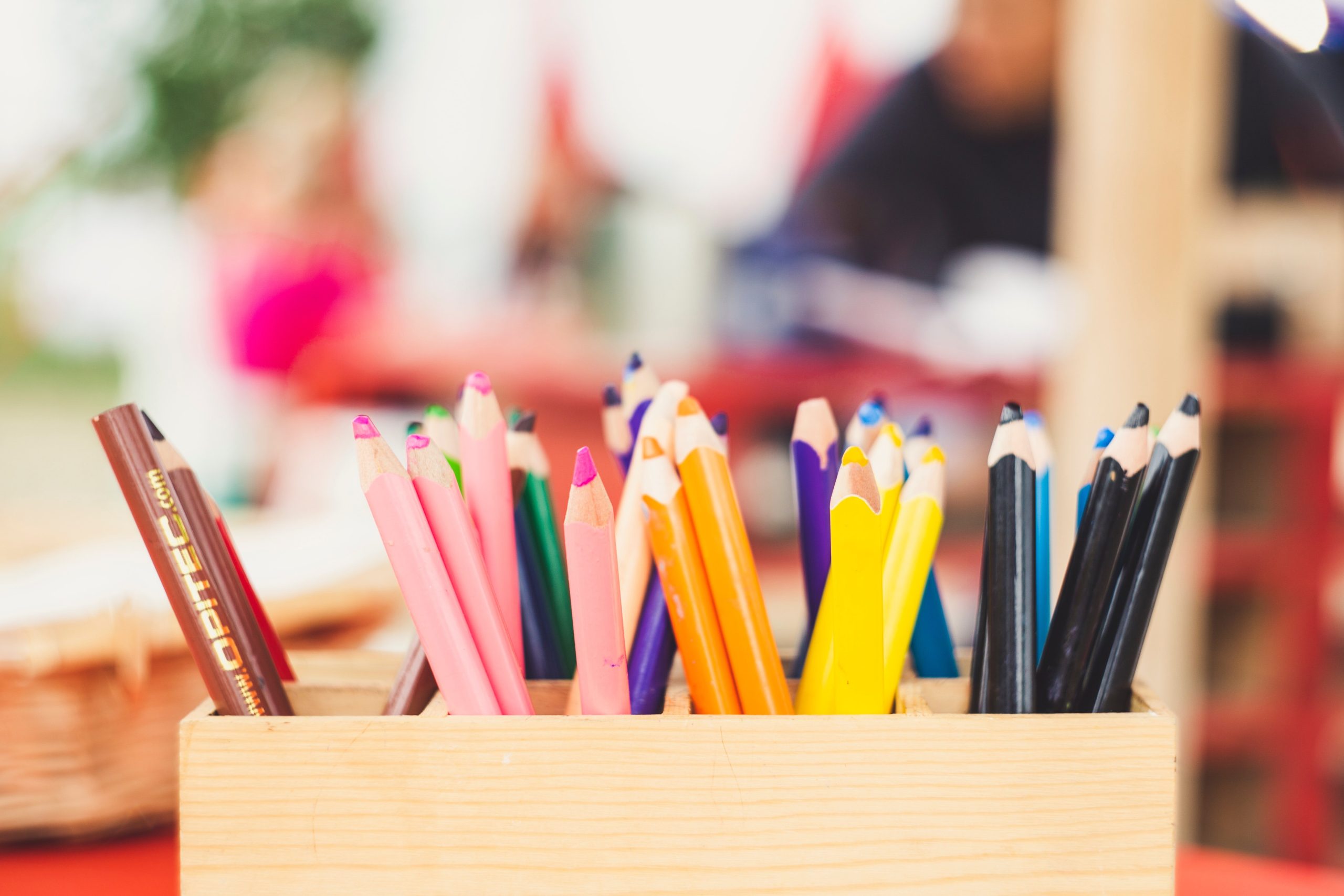Are American schools doing enough to cultivate cultural awareness and diversity in their student body? As our society grows more diverse, it’s important for educators to embrace new approaches that encourage inclusivity and understanding. And what better way to achieve this goal than through art? In this blog post, we’ll explore how art can be used as a tool for fostering cultural awareness and diversity in American schools. From celebrating different cultures through artistic expression to using artwork as a catalyst for conversations about identity and difference, we’ll show you the many ways that art can make a positive impact on students’ lives. So let’s dive into this topic together!
The Importance of Art in Education
In a world that is increasingly interconnected, it is more important than ever for American students to develop cultural awareness and sensitivity. One way to achieve this is through exposure to the arts. Studies have shown that art education can play a key role in promoting understanding and respect for other cultures.
Art can help students learn about the different traditions, values, and beliefs of people from around the world. It can also be used to teach about social issues and history. Through art, students can gain a greater appreciation for the beauty and richness of other cultures.
Exposing students to diverse perspectives can also help them become more tolerant and open-minded. In a country that is becoming increasingly diverse, it is crucial that young people learn to value and respect differences. Art can be a powerful tool in fostering these important qualities.
How Art Can Be Used to Cultivate Cultural Awareness and Diversity in American Schools
In recent years, there has been a renewed focus on the importance of cultural awareness and diversity in American schools. A growing body of research shows that students who are exposed to a variety of cultures and perspectives are more likely to be successful in school and in life.
One way to promote cultural awareness and diversity in schools is through the use of art. Art can be used to teach students about different cultures, to help them understand and appreciate the differences between people, and to foster a sense of respect and tolerance for others.
There are many ways to incorporate art into the curriculum in order to promote cultural awareness and diversity. For example, teachers can use art as a way to introduce students to new cultures. They can also use art to teach about important historical events or figures from different cultures. In addition, art can be used as a tool for discussing current events or issues related to culture and diversity.
When used effectively, art can be a powerful tool for promoting cultural awareness and diversity in American schools. By incorporating art into the curriculum, teachers can help their students develop a greater understanding and appreciation for the world around them.
The Benefits of Art Education
Art education has a long history of promoting cultural awareness and diversity in American schools. By providing students with opportunities to engage with visual art, music, theater, and dance from a variety of cultures, art education can help students develop a greater understanding and appreciation for the world around them.
In recent years, there has been an increasing focus on the importance of art education in developing critical thinking skills and preparing students for success in a global economy. A number of studies have shown that exposure to the arts can improve student achievement in other academic areas. For example, one study found that students who took part in an arts-based program were more likely to score higher on standardized tests than their peers who did not participate in the program.
There are many ways to incorporate art into the curriculum to promote cultural awareness and diversity. Art can be used as a tool for teaching about other cultures and historical periods. It can also be used to encourage student creativity and expression. And, it can be a fun and engaging way for students to learn about new topics and concepts.
The Challenges of Art Education
In America, art education is often seen as a luxury. It is viewed as something that is unnecessary and not essential to a well-rounded education. This couldn’t be further from the truth. Art education is essential to developing cultural awareness and diversity in our schools.
The challenges of art education are many. The first challenge is that art is often seen as a frill, something that is nice to have but not essential. This view devalues the role of art in our society and doesn’t take into account the many ways that art can enrich our lives.
Another challenge facing art education is the lack of funding. Many school districts are cutting arts programs due to budget constraints. This is short-sighted and does a disservice to our students. Art should be an integral part of any well-rounded education, and it should be funded accordingly.
Finally, another challenge facing art education is the lack of qualified teachers. Many schools don’t have teachers who are trained in art or who are passionate about teaching it. This means that students aren’t getting the quality instruction they deserve. It’s essential that we attract more qualified teachers to the field of art education so that our students can benefit from their expertise.
The Future of Art Education
As the demographics of the United States continue to change, it is imperative that our educational system adapts to ensure all students have access to a quality education. Unfortunately, art education is often one of the first programs to be cut when budgets are tight. This is a short-sighted approach that does not take into account the many benefits of art education.
Art education helps students develop critical thinking and problem-solving skills. It also fosters creativity and self-expression. Perhaps most importantly, it can play a key role in cultivating cultural awareness and diversity.
With the right support, art education can thrive in our increasingly diverse society. By investing in art education, we can give all students the opportunity to develop their unique talents and perspectives.




